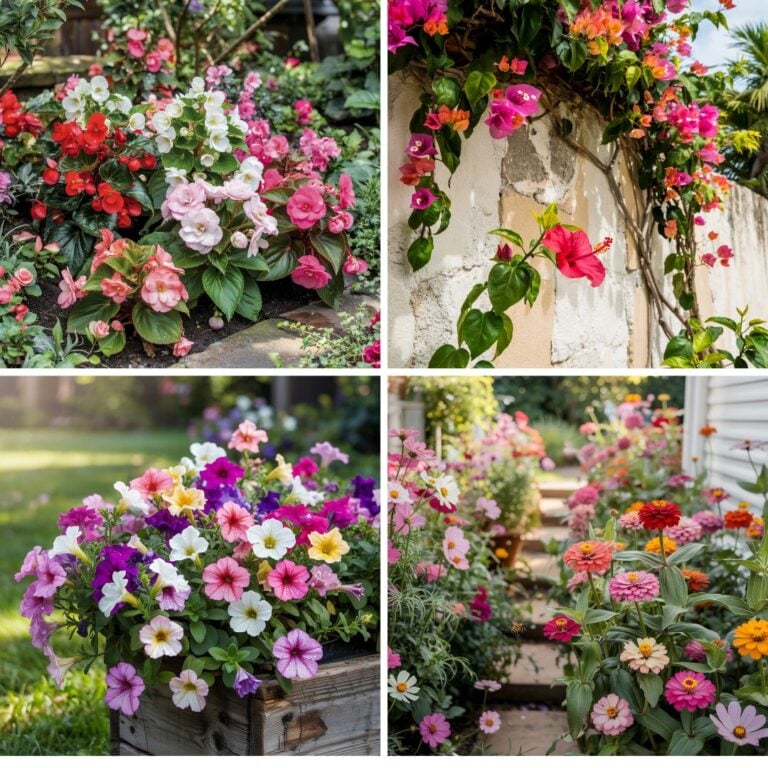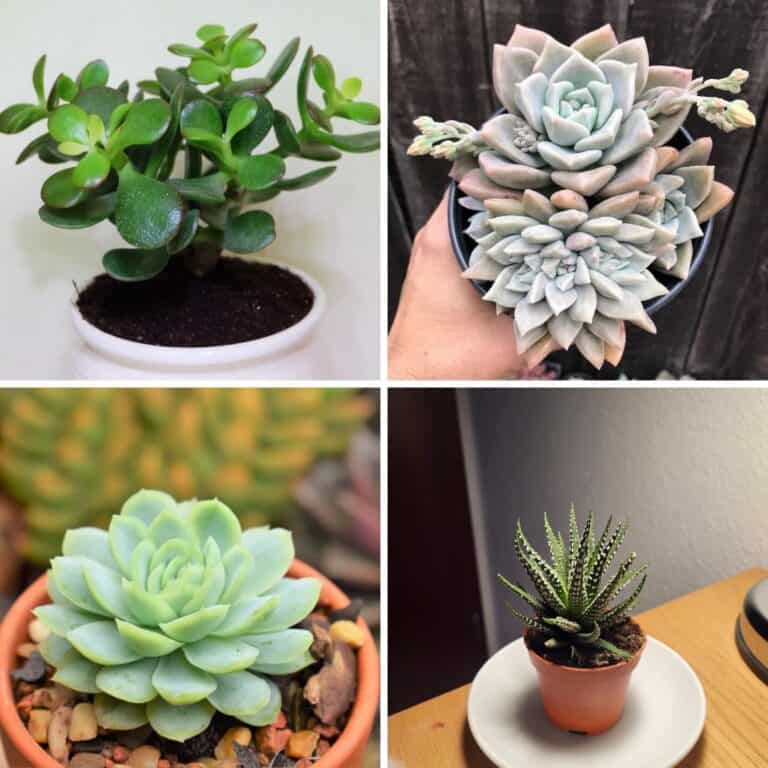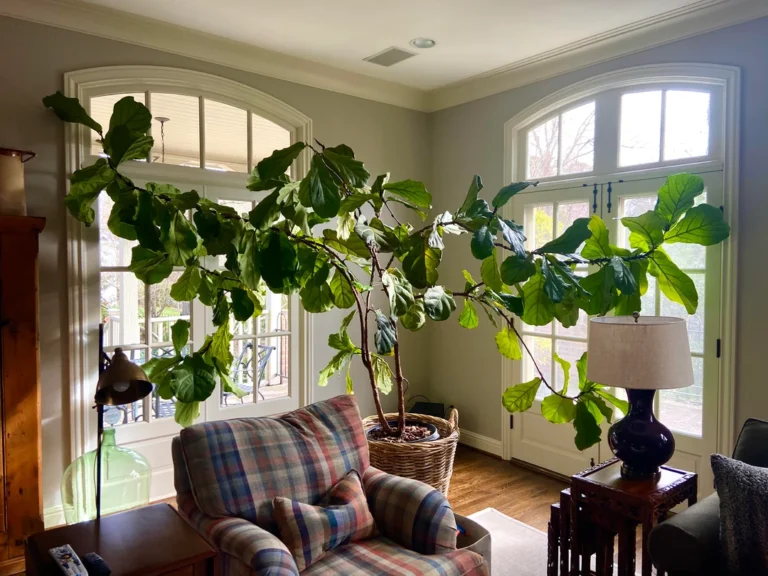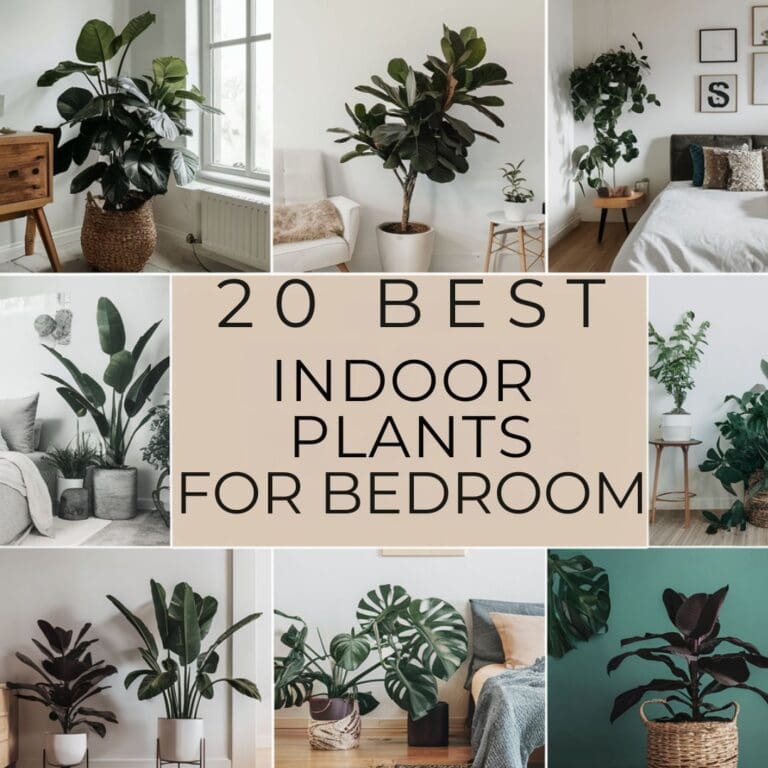8 Houseplants That Should Skip Fertilizer in Winter for Healthier Growth
I really enjoy having plants indoors, but I’ve realized they don’t always need the same care year-round. When it gets colder, most of my plants just slow down and seem to use a lot less energy.
That means giving fertilizer in winter can sometimes do more harm than good.
Let’s look at which houseplants are actually happier if you skip the fertilizer during winter.
I’ll also talk about why their needs change and how you can tweak your routine to help them make it through until spring.
Please note: Simplify Plants is reader-supported. As an Amazon Associate, I earn from qualifying purchases made by our readers with no extra cost added to you all! Some links in the post are affiliate links and I get a commission from purchases made through links in the post.
1) Snake Plant

I have to say, my snake plant is the definition of low-maintenance—especially when it’s cold outside. It just sort of chills out and stops growing much, so there’s no need for extra nutrients.
If I fertilize during winter, I’m honestly just risking overfeeding it. That can mess with the roots or even leave weird marks on the leaves.
Instead, I stick to the basics: light, water, and keeping the room comfy. That’s really all it wants when it’s resting.
By holding off on fertilizer, my snake plant stays in good shape and bounces back with new growth when spring finally shows up.
2) ZZ Plant
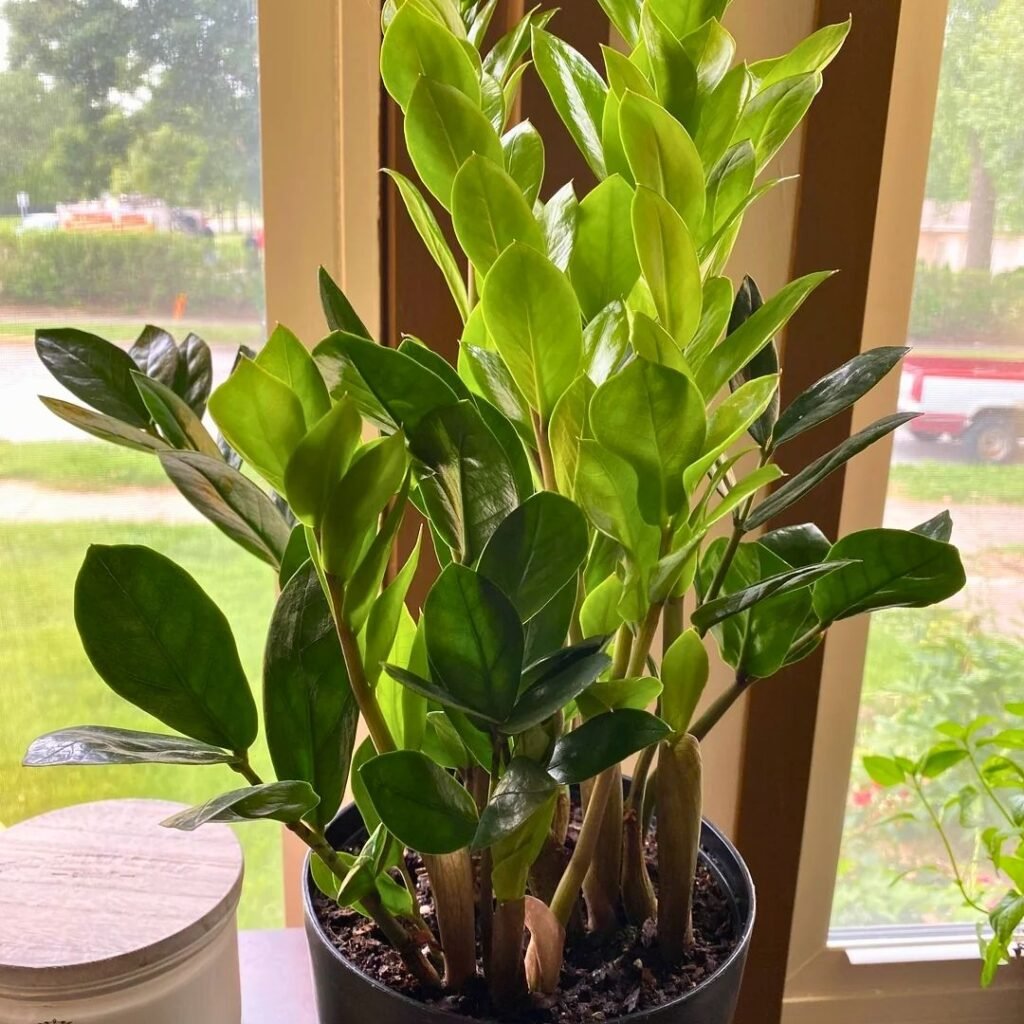
My ZZ plant is a lifesaver for lazy days—it barely needs water and doesn’t mind low light at all. That’s especially handy in winter when the sun is hiding.
Once the cold hits, my ZZ plant pretty much stops growing. Since it’s not busy making new leaves, it has no use for extra nutrients.
If I dump fertilizer on it now, it just sits in the soil and can actually stress the roots. I just water lightly when the soil is dry, and that’s it.
With ZZ plants, less is definitely more in winter. When the weather warms up, I’ll start feeding it again with a balanced fertilizer. Until then, I let it chill and save its energy.
3) Peace Lily

My Peace Lily is such a classic—so easy to care for and those white blooms always make me smile. But come winter, I back off the fertilizer completely.
When it’s cold, my Peace Lily slows way down. It’s not pushing out new leaves or flowers, so the extra nutrients just aren’t needed.
Fertilizing now can actually make things worse. I pay more attention to watering, letting the top inch of soil dry out before I add more.
I also keep it in a bright spot, even if the days are short. That’s usually enough to keep it happy until spring.
When it’s finally warm again, that’s when I start feeding it. Winter is just a rest period for Peace Lily—nothing wrong with that.
4) Spider Plant
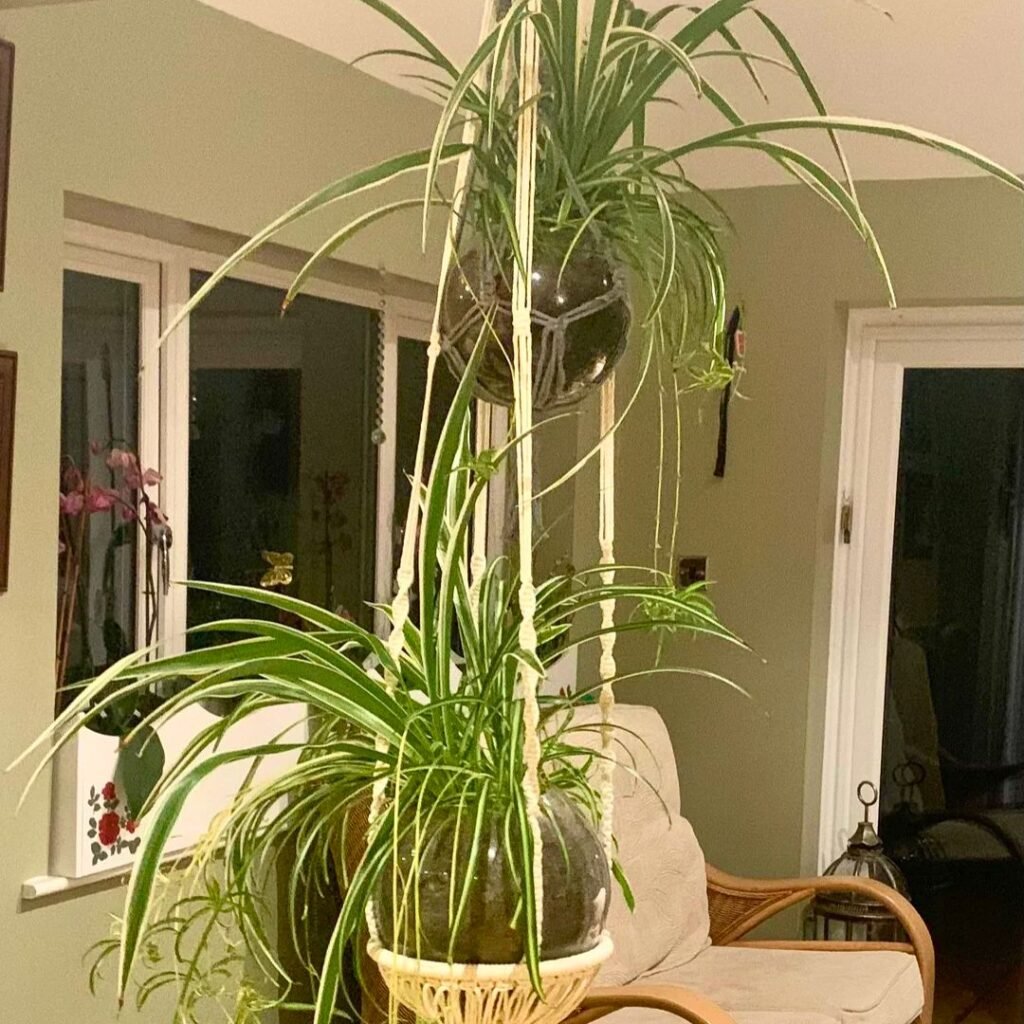
My spider plant is a real trooper—grows like crazy in spring and summer, but slows down a lot in winter.
Since it’s not really growing, I skip the fertilizer altogether. If I feed it now, it can get stressed out and the leaves might even get brown tips.
I just give it bright, indirect light and water enough to keep the soil barely moist. That’s honestly all it needs until things warm up.
Once spring rolls around, I’ll start with a light fertilizer once a month. That’s when the spider plant really wants the boost for new leaves and babies.
5) Aloe Vera
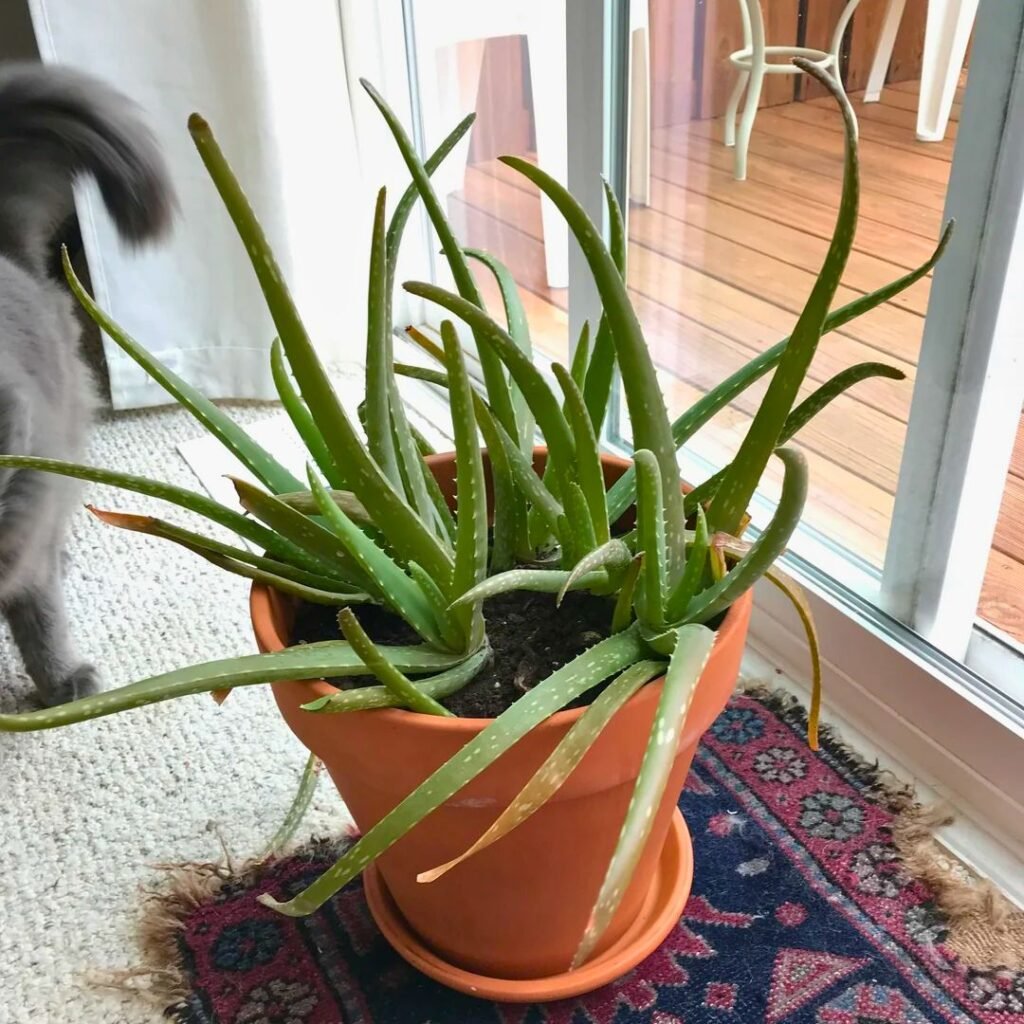
I keep Aloe Vera because it’s so easy and, let’s be honest, it looks cool. In winter, it basically wants to be left alone.
During the cold months, Aloe Vera goes into a resting phase. It slows down and doesn’t need much of anything, especially not fertilizer.
If I feed it now, I’m really just stressing it out. Instead, I give it bright light and just a splash of water when the soil is totally dry.
When spring comes and I see new growth, that’s when I start feeding it again—but only a little. That way, I’m not overwhelming it after a long nap.
A simple routine works best for Aloe Vera, and honestly, it seems to appreciate being ignored in winter.
6) Pothos

I’m a big fan of Pothos—it’s forgiving, grows in low light, and doesn’t throw a fit if I forget about it for a week.
In winter, I don’t bother with fertilizer. The days are short, the plant is sleepy, and it just doesn’t need extra nutrients.
If I do feed it now, the fertilizer just builds up in the soil and can actually cause yellow leaves. Not great.
I water only when the top of the soil is dry. That helps avoid soggy roots and keeps the plant happy.
Come spring, I’ll start with a light fertilizer again. That’s when the Pothos is ready to take off.
For winter, I just stick to light, water, and steady temps. It’s simple and my Pothos stays green and healthy.
7) Cast Iron Plant
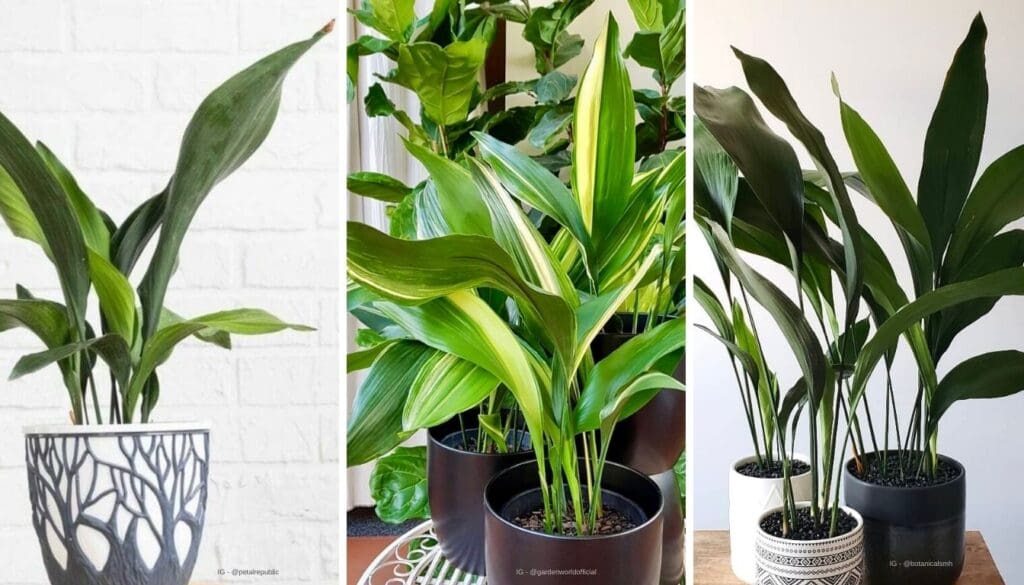
The Cast Iron Plant is basically indestructible. It handles low light and neglect like a champ.
In winter, it slows down and doesn’t need more nutrients. Adding fertilizer now can just stress it out.
I water lightly when the soil is dry—never too much. This plant hates soggy roots.
Skipping fertilizer lets it rest. When spring comes, I’ll feed it to support new growth.
This easy routine keeps my Cast Iron Plant going strong. Honestly, less fuss in winter is better for it.
8) Chinese Evergreen

My Chinese Evergreen is another easy favorite. It doesn’t mind low light and barely needs any attention. In winter, I definitely skip fertilizer.
It slows down as the days get shorter. Extra fertilizer can build up and hurt the roots, so I just don’t bother.
I keep the soil a bit moist and wipe the leaves clean. That’s usually enough to get it through until spring.
Once I see new growth, I’ll feed it lightly again. For me, less is more with this plant in winter. Plus, it saves me a little effort.
Why Houseplants Need Less Fertilizer in Winter
Every winter, I watch my plants slow down. They just don’t need as much energy, and the roots don’t process nutrients like they do in warmer months.
Dormancy and Slowed Growth
Most houseplants enter a dormant phase in winter. They’re not dead, but they’re definitely not busy growing—short days, less light, and cooler air all play a part.
When things slow down, the plants need fewer nutrients. If I keep feeding them like it’s summer, the fertilizer just sits in the soil and can actually make it harder for the plant to absorb water.
Honestly, dormancy is just the plant’s way of hitting pause. Instead of pushing out new leaves, it’s about staying healthy with what it’s got.
Potential Risks of Winter Fertilizing
Fertilizing in winter? It’s usually more trouble than it’s worth. Since the plant isn’t using the nutrients, you can get a salt buildup in the soil.
This can cause brown tips, weak roots, or even root burn. I’ve seen plants put out thin, weak leaves if I fertilize in the cold months, and those leaves never last.
So, I just hold off on fertilizer until I spot new growth in spring. That’s when the plant can actually use the extra food.
Best Practices for Winter Houseplant Care
I keep my plants healthy in winter by tweaking my watering and making sure they get enough light. Little changes really do help when everything is slowing down.
Adjusting Watering Routines
I notice my plants need less water in winter. Cooler air and short days mean the soil dries out slower.
To avoid overwatering, I poke my finger into the top inch of soil. If it’s dry, I water. If not, I wait.
I always use pots with drainage holes so water doesn’t pool at the bottom.
Here’s what works for me:
- Check soil moisture weekly instead of sticking to a schedule.
- Use room-temperature water to avoid shocking the roots.
- Empty saucers after watering so the plant isn’t sitting in water.
These little habits keep my plants happy and prevent stress.
Ideal Light Conditions During Colder Months
In winter, the sun is lower and days are short—my plants get less light. I move them closer to south- or west-facing windows for the brightest spot.
If the window is drafty, I’ll put up a curtain or cloth to keep cold air away from the leaves. I also rotate the pots every week so all sides get some light.
For darker rooms, I use grow lights for 10–12 hours a day to mimic longer daylight.
Quick tip: I wipe dust off the leaves with a damp cloth. Dust blocks light, and clean leaves just look better.
A few tweaks like this go a long way—my plants make it through winter looking pretty good.
Frequently Asked Questions
I’ve noticed some plants just want to rest in winter and don’t need feeding. If I fertilize at the wrong time, they get stressed, so I focus on light, water, and temperature instead.
Which houseplants are better off without winter fertilization?
I skip fertilizer for Snake Plant, ZZ Plant, Peace Lily, Spider Plant, and Aloe Vera. These guys slow way down in winter and don’t use the extra nutrients.
How can I tell if my plant needs fertilizer during the colder months?
I look for new healthy growth before I even think about feeding. If the plant looks exactly the same week after week, I just wait.
What are the risks of fertilizing indoor plants in winter?
Fertilizer can build up in the soil and burn the roots. It might also cause weak, leggy growth that the plant can’t really support.
Can you provide tips for caring for houseplants that don’t need winter fertilizer?
I keep them in bright, indirect light and only water when the soil is dry. Wiping the leaves helps keep them clean and healthy.
What’s the reason some houseplants don’t need fertilizer in the winter?
In winter, a lot of houseplants enter a rest period. Since they’re not actively growing, they just don’t need extra nutrients.
Are there any signs that I’ve over-fertilized my houseplant during winter?
Definitely—I’ve noticed things like yellow leaves, brown tips, or even a weird crust forming on top of the soil. If you spot any of those, there’s a good chance your plant’s getting too much fertilizer.
Recommended Garden Supplies
| Product Image | Our Recommended Gardening Supplies | Check Offers! |
|---|---|---|
Top Top
Top
Top
Top
Top
Top
Top
Top | rePotme Houseplant and Tropical Classic Potting Soil Mix | Check Offer On Amazon |
 Top
Top
Top
Top
Top
Top
Top
Top | Espoma Organic Indoor Plant Food | Check Offer On Amazon |
 Top
Top
Top
Top
Top
Top
Top
Top | GooingTop LED Grow Light 6000K Full Spectrum Clip Plant Growing Lamp | Check Offer On Amazon |
 Top
Top
Top
Top
Top
Top
Top
Top | Soil Moisture Meter | Check Offer On Amazon |
 Top
Top
Top
Top
Top
Top
Top
Top | Govee Hygrometer Thermometer, Bluetooth Enabled! | Check Offer On Amazon |
 Top
Top | LEVOIT Humidifiers for Large Room(Best For Plants) | Check Offer On Amazon |
 Top
Top
Top
Top
Top
Top
Top
Top | Upgraded DIY Automatic Drip Irrigation Kit, 15 Potted Houseplants Support | Check Offer On Amazon |
 Top
Top
Top
Top
Top
Top
Top
Top | Stainless Steel Heavy Duty Gardening Tool Set | Check Offer On Amazon |
 Top
Top
Top
Top
Top
Top
Top
Top | Bonide Insecticidal Soap | Check Offer On Amazon |
 Top
Top
Top
Top
Top
Top
Top
Top | Bonide 32 oz Spray Neem Oil for Organic Gardening | Check Offer On Amazon |
 Top
Top
Top
Top
Top
Top
Top
Top | Garden Safe Fungicide | Check Offer On Amazon |


